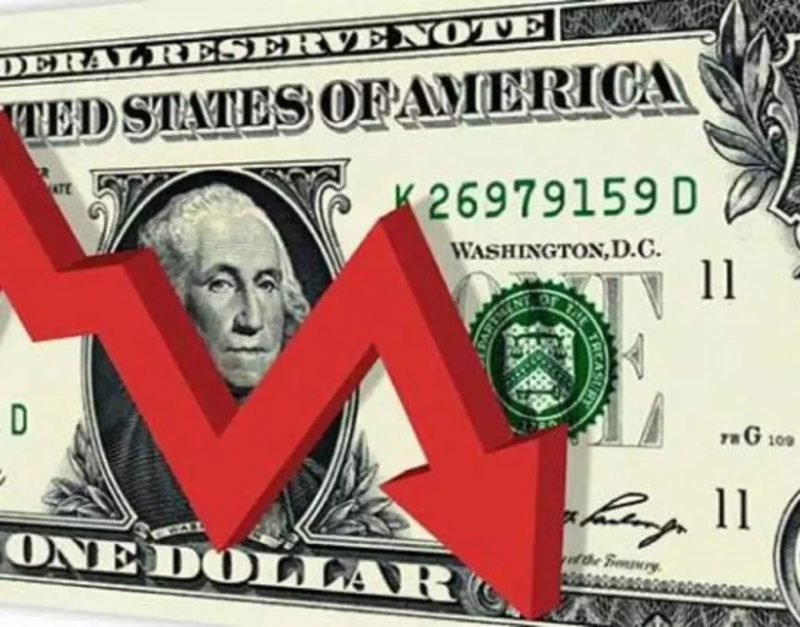The US dollar has been experiencing bearish hues, elements that have constantly been busy battering the USD. The American currency continues to shed its valuation as well as its purchasing power rapidly. For FX investors in particular, this development is proving quite detrimental, as the US dollar shows no signs of an early recovery. As the weak US dollar reigns supreme, should investors and USD enthusiasts move away from the dollar through diversification? Here’s what UBS has to say about the frail US dollar.
Also Read: Experts See US Dollar Weakness Lasting Years, Not Months
UBS Dollar Outlook: Still Bleak and Frail


UBS, in its recent dollar report, has outlined some notoriously striking details about the American currency. The financial giant was quick to comment on how the US dollar continues to project a weak value stance, expecting the currency to plunge in the next 12 months.
“The US dollar index fell to a three-year low in June amid uncertainty over the US tariff and economic outlook. The Chief Investment Office anticipates further USD weakening over the next 12 months as the US economy slows and the focus on fiscal deficits expands.”
Stating with a hint of certainty, UBS, in its June 2025 report, predicted the dollar to continue falling, expressing suspicions about the USD maintaining its “safe haven status.”
“Harsher-than-expected US tariffs have eroded investors’ perceptions of US exceptionalism. We see challenges to the USD’s traditional role as a perceived “safe haven” asset.”
Should Investors Hedge or Diversify in This Case?
As the US dollar continues to fall dramatically, fueled by Trump’s tariffs and fiscal pressure, UBS stated that it deemed the dollar an “unattractive” asset to explore right now.
“We rate the US dollar as unattractive. We forecast the EURUSD rising to 1.20 by June 2026. As we favor using near-term dollar strength to reduce excess US dollar cash by investing or diversifying into other currencies such as the yen, euro, British pound, and Australian dollar. We think now is the time to review strategic currency allocations in international portfolios and consider hedging US dollar exposure in US assets back into home currencies.”
The firm later adds how investors should consider diversifying into other pools of currencies to safeguard their interests.
“Looking ahead, we anticipate further dollar weakness as the US economy slows and focus on fiscal deficits expands. We like using near-term dollar strength to reduce excess US dollar cash by investing or diversifying into other currencies such as the Japanese yen, euro, British pound, and Australian dollar. We think now is the time to review strategic currency allocations in international portfolios and consider hedging US dollar exposure in US assets back into home currencies.”





